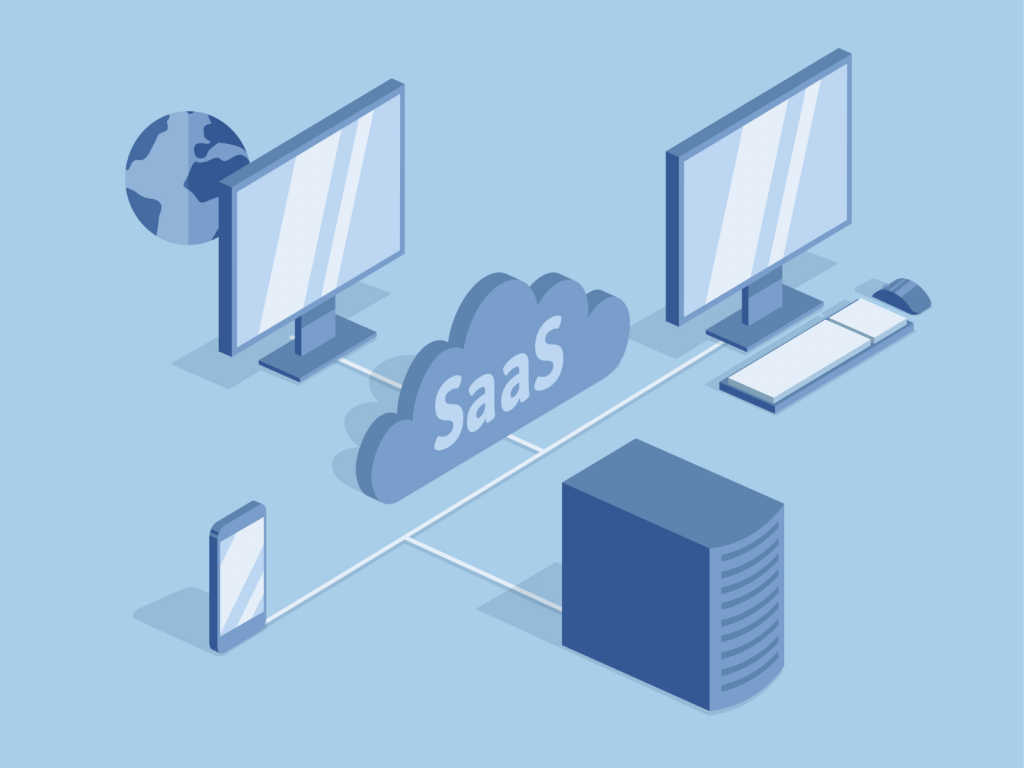With intense competition in the business landscape today, companies want the same thing: maximum efficiency. Fortunately, it is possible to achieve this with the latest technologies like cloud computing. In the past, many organisations were hesitant about moving to the cloud. But now, over 60% of corporate data is stored in the cloud as more companies shift to this environment.
As more companies enter the cloud computing space and use different software to power their operations, adopting the right type of architecture is essential. The multi-tenant data center market has been growing quickly in recent years due to its use cases. Read more below to learn about how this model works and when you need it.
What is Multi-Tenant Architecture?
Multi-tenant architecture, also known as multitenancy, is an ecosystem where a single environment or instance of the software serves multiple tenants. In other words, this architecture allows numerous cloud vendor customers to share or access the same resources on the cloud. These resources may include computing, networking, or storage services.
Multi-tenant architecture is commonly used in cloud computing, specifically software as a service (SaaS) models. All public cloud providers employ multitenancy for practicality. Without it, they would not be able to service many customers and maintain affordable costs. Fortunately, while tenants use the same infrastructure, they are invisible and unaware of each other.
An excellent way to understand multi-tenant architecture is to consider how apartments operate. Many tenants live in the same apartment building and share common areas, amenities, and security features. However, they each have an exclusive unit or space other tenants cannot access.
In cloud computing, the same logic applies. Multiple customers use the same servers while keeping their data private and secure. Similarly, SaaS companies like Salesforce, Slack, and Hubspot use multi-tenant architecture.
Single-Tenant vs. Multi-Tenant Architecture
Under a single-tenant architecture, a single software instance serves only one customer. Thus, customer data are all separate, and there is no shared environment or database between tenants. Under this model, tenants have more customisation options, more control over the software, and isolation from security risks.
On the other hand, multi-tenant architecture is essentially the opposite since multiple customers are accessing the same software. While sharing resources may sometimes affect your computing speed, multitenancy provides more cost-efficiency and ensures the latest software upgrades.
Types of Multi-tenant Architecture
While multi-tenant architecture generally works the same way, there are two main ways to architect the database:
Single Database
With this setup, all tenants have their data stored in one database. This style offers the most speed and scalability since it increases the resources and capacity on demand. However, the main drawback here is the so-called noisy-neighbour effect, where you might notice your app slowing down when others use too many resources.
Multiple Databases
With this setup, multiple tenants still use the same software, but each has an independent database. While this provides the best data isolation, it adds complexity to management and scalability. Using this type of architecture will also be more expensive since you want the provider to give you a separate space for your data.
Why Use Multi-Tenant Architecture?
Now that you better understand multi-tenant architecture, you might be wondering when to use it or whether you need it in the first place. Generally, the answer depends on how your operations run and your main priorities. However, multitenancy is undoubtedly the best choice if you are looking for cloud computing or SaaS applications.
The multi-tenant architecture makes cloud computing feasible, given the number of businesses that use the same platforms today. To emphasise this further, here are the main benefits of this setup:
- Affordability. Having multiple customers sharing the same resources means the cost is also shared, allowing you to reduce costs. It is highly attractive for startups and small businesses since they often have limited funds.
- Easy Maintenance. SaaS vendors usually handle some degree of maintenance with multi-tenant architecture, making it easier on your part. However, this is easy for them to do since they only need to deploy updates once to reflect on the whole application.
- Efficient Resource Usage. The multi-tenant architecture allows you to maximise computing resources since they are shared among customers. In contrast, resources tend to be underutilised in a single-tenant environment since you have exclusive access to them.
Of course, security is the primary concern with multi-tenant architecture, given that businesses are often concerned about exposing their data to other customers. However, SaaS providers do a good job securing their customers’ data. For instance, most offer two-factor authentication to provide an extra security layer for logins.
Overall, multitenancy has pros and cons, but the benefits certainly outweigh the risks. Aside from minimised costs, increased efficiency, and easier maintenance, multi-tenant architecture is easier to use and handle, making it attractive for many businesses.



